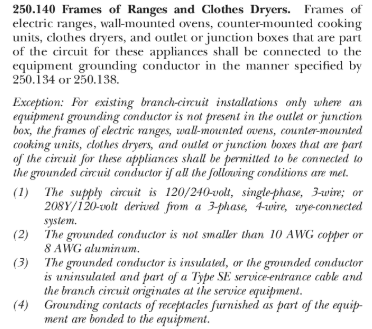I don't like the term Grounded to mean neutral connected to the source neutral.
While grounding is a common way of connecting the wye point back to the system neutral when the system neutral is grounded, it is not always so.
By code, in an industrial plant, if a wye;wye transformer is used to transform 480 Volts down to 2908/120 Volts, the primary wye point must be connected back to the source neutral independently of any grounding.
When an unbalanced load is connected across two phases of the secondary, no current will flow to ground.
However, those two phases will have a current on the neutral conductor, back to the source neutral.
A common distribution scheme is a neutral conductor run below the phase conductors on the poles.
This neutral conductor is typically grounded at intervals, possibly every 1/4 mile.
It serves as both a neutral conductor and as a grounding conductor.
In the case of a neutral current flowing, it is acting as a neutral and will do so even if it were not grounded.
Do distribution workers call a neutral conductor a ground? Yes.
Do inside industrial workers call a neutral a ground? NO it is a separate conductor from the grounding conductor.
There would be equal currents in two phases, with angles 180 deqrees apart, but no current in the third phase or ground.
I don't agree with that. Saturation of the third phase may limit the phase shift so that the angle is much less than 180 degrees.
I understood that the OP was considering a ground on the secondary. The effect mentioned does not happen if the primary has a proper neutral connection to the source.
There may be special circumstances, a crane operating over combustible fibers may be one case, where there is a neutral connection but no ground connection.
Bill
--------------------
"Why not the best?"
Jimmy Carter

